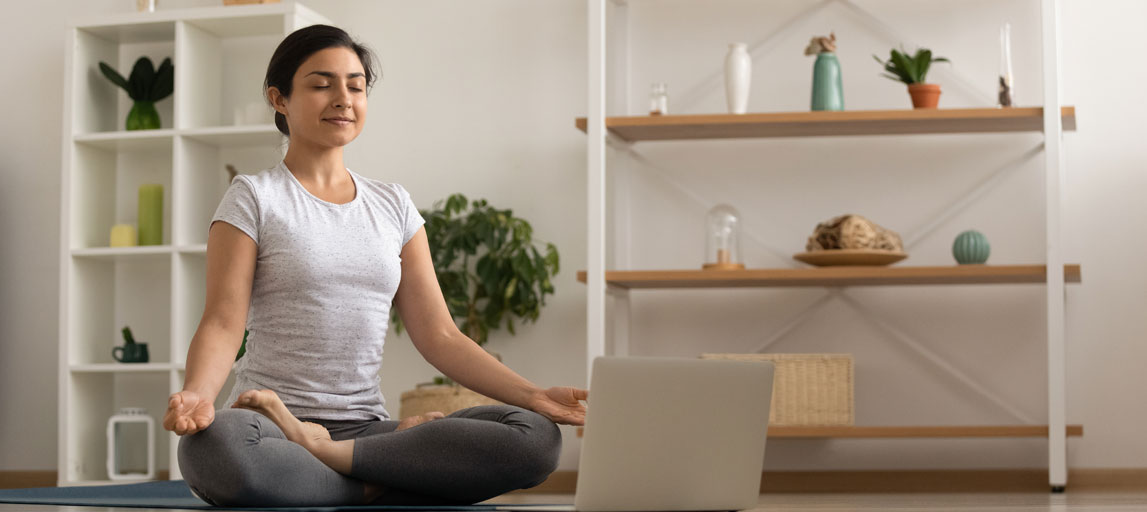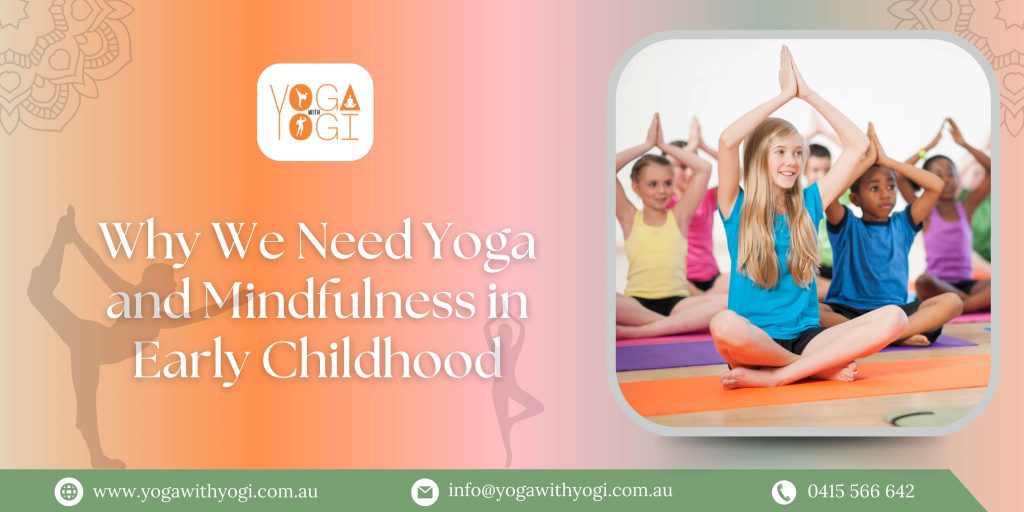Early childhood centers are seeing an increase in stress and worry, which has a negative impact on parents, staff, and kids. Childcare facilities must continually deal with a high staff turnover rate, stressed-out staff members, and parents who are becoming more and more demanding. These problems have become considerably more prevalent and difficult since the pandemic.
However, it is also seen that in yoga classes for kids, they enjoy exploring the time with the various self-soothing techniques and having mindful, peaceful moments. They receive treatment and support for their emotional, mental, and physical health from the experts of yoga.
In fact, it has been studied pretty extensively that encouragement of conscious movement, breathing, exploration, and play—away from electronics—makes a big difference in a child’s overall development.
How can yoga promote mindfulness for children?
Pay attention to the breath
Children can practice breathing exercises frequently when guided by the experts of yoga in Castle Hill. This can be accomplished with deep belly breathing or buzzing bee breath. Anxiety is reduced and our awareness is softly brought to the present moment with this careful attention on the breath.
The Buddhist Center concurs
One can become conscious of the mind’s propensity to switch between ideas by concentrating on breathing. We return to the present moment and all of its richness of experience through the straightforward discipline of attention. It is a means of cultivating mindfulness, the ability to pay attention and feel.
Particular positions and exercises that encourage mindfulness
A mindful state of awareness is encouraged and promoted via the activities and positions as practiced in class. The common yoga positions are:
Volcano pose
Mountain pose
Growing flower pose
Feather activity
spacer
Equilibrium
Balance is developed and nurtured by yoga. Kids need to develop both emotional and physical balance in their lives. These lessons involve balanced poses that call for focus and concentration. Most kids will need to focus entirely only to stand in tree pose on one leg. They will have to be completely present in their own body as well as in the present moment when they accomplish this. Is there anything more thoughtful than that?
Gratitude for oneself and others
Everyone can feel safe in the yoga classes. Everyone’s distinct talents are appreciated, and there is no such thing as “right” or “wrong,” as demonstrated by the peacock pose.
Often, achieving a specific pose will require patience and practice. As a result, kids learn to accept that they are not quite ready to perform that posture. Children also learn to understand that, just as they cannot yet do things that others can. A key component of mindfulness is accepting oneself as they are in the moment and being conscious of their physical selves.
Self-awareness
In kids’ yoga lessons, there are judgment-free conversations about their emotions. Just as valid as feelings of happiness, joy, and confidence are those of shyness, sadness, and anger at times. Many mentors go on weekly adventures with the kids and feel all these emotions. After all, they need to have an understanding of the whole range of emotions in order to have a complete life.
And when grow up, we can only better control these intense emotions if we are conscious of our own and other people’s sentiments and emotions.
Storytelling as a means of visualization
By paying attention to all of our senses, we may mindfully enhance our lives, according to yoga experts. You see the world via your senses, and it is through them that you experience life. Every sensory experience is so rich on its own if you stop to think about it. Every sense has a distinct quality of its own.
It’s simple to start kids practicing yoga at a young age. More quickly than adults, they pick things up and adapt. Being conscious of their body and mind will help them develop into more empathetic and balanced individuals while psychologically and physically readying them for the difficult life that lies ahead.





